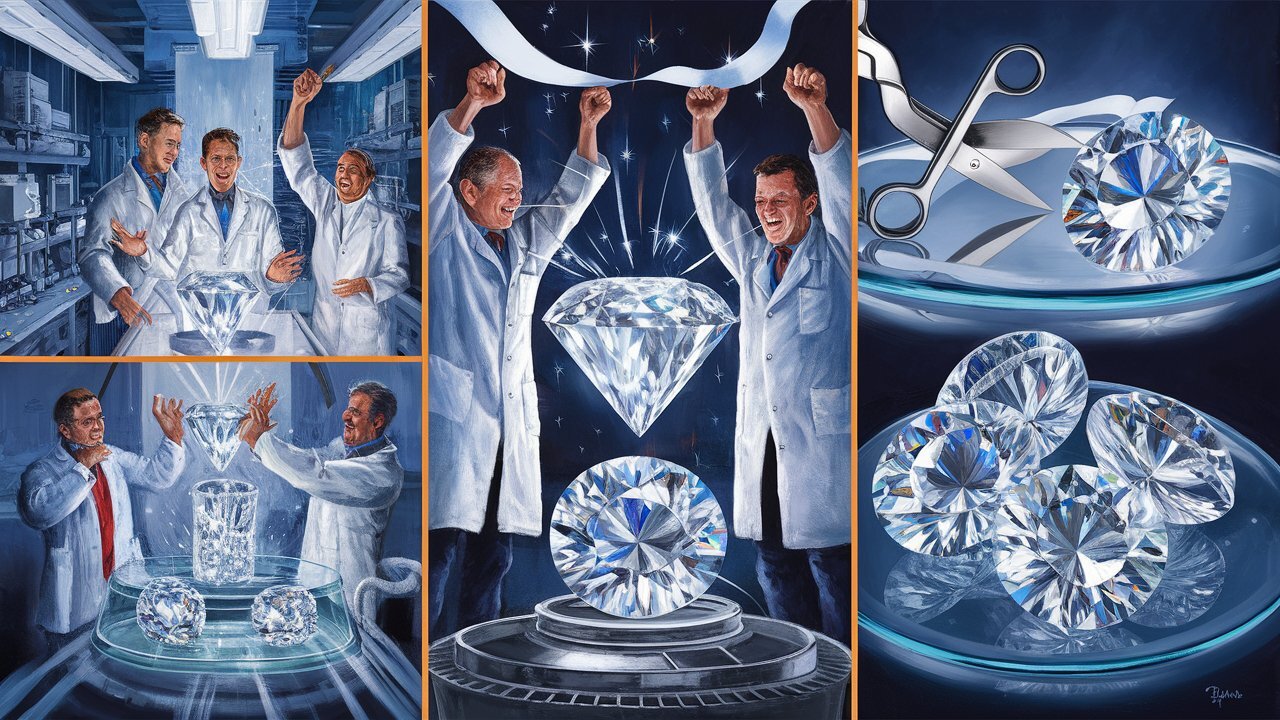Natural diamonds form under extreme conditions in the Earth’s mantle, but existing synthetic methods, such as high-pressure, high-temperature (HPHT) growth, replicate these conditions and take weeks to produce small diamonds. Another method, chemical vapor deposition, also depends on certain conditions.
The new process uses electrically heated gallium with silicon in a graphite crucible placed in a specially constructed pressure chamber at sea level. By passing super-hot, carbon-rich methane gas through a chamber, the researchers catalyzed the formation of diamonds using a mixture of gallium, nickel and iron. After just 15 minutes, diamonds began to form, and after two and a half hours, a more complete diamond film had formed.
Although the resulting diamonds are much smaller than those produced by HPHT, this method could pave the way for large-scale diamond synthesis, with potential applications in technology and industry.
Source: Ferra
I am a professional journalist and content creator with extensive experience writing for news websites. I currently work as an author at Gadget Onus, where I specialize in covering hot news topics. My written pieces have been published on some of the biggest media outlets around the world, including The Guardian and BBC News.












